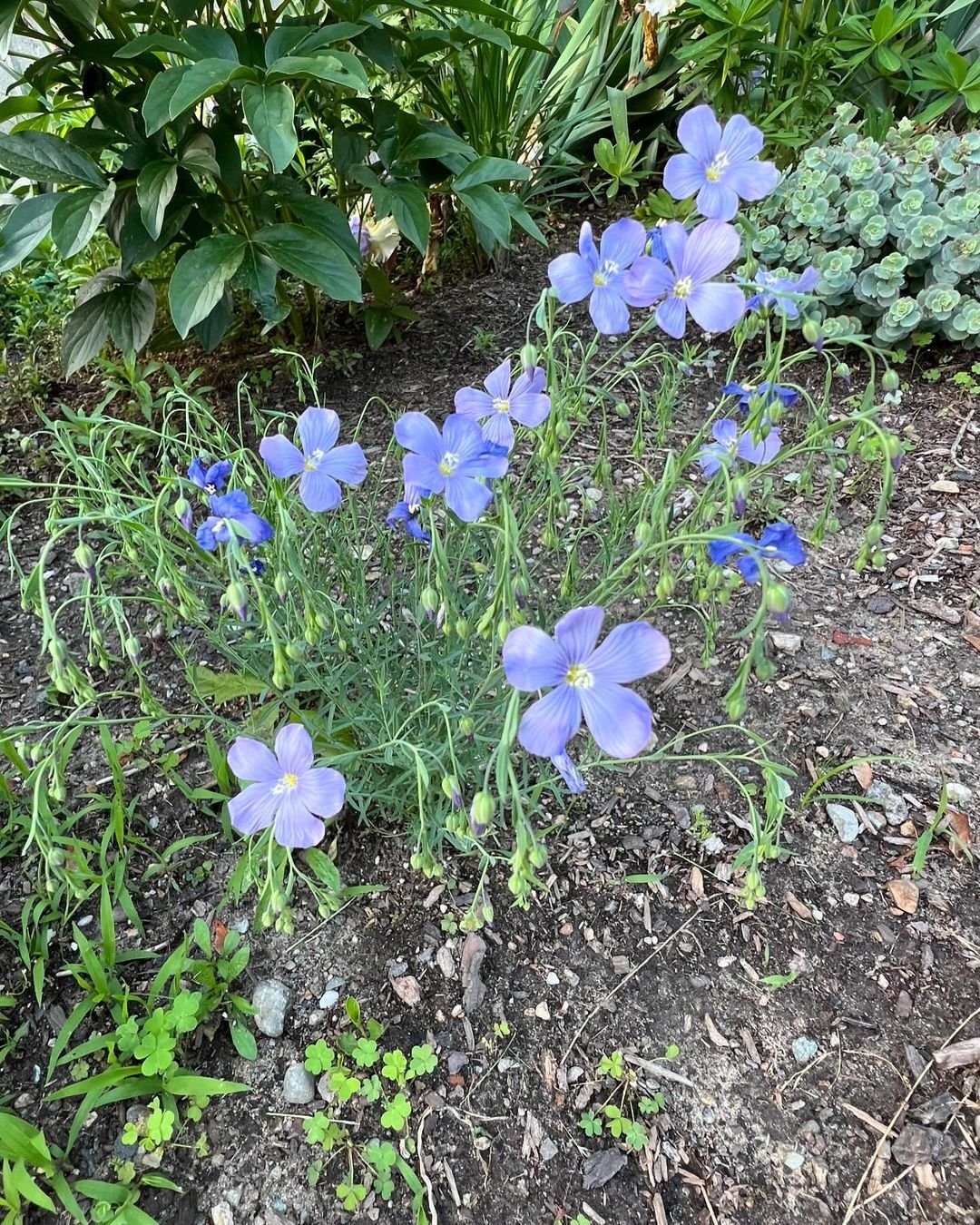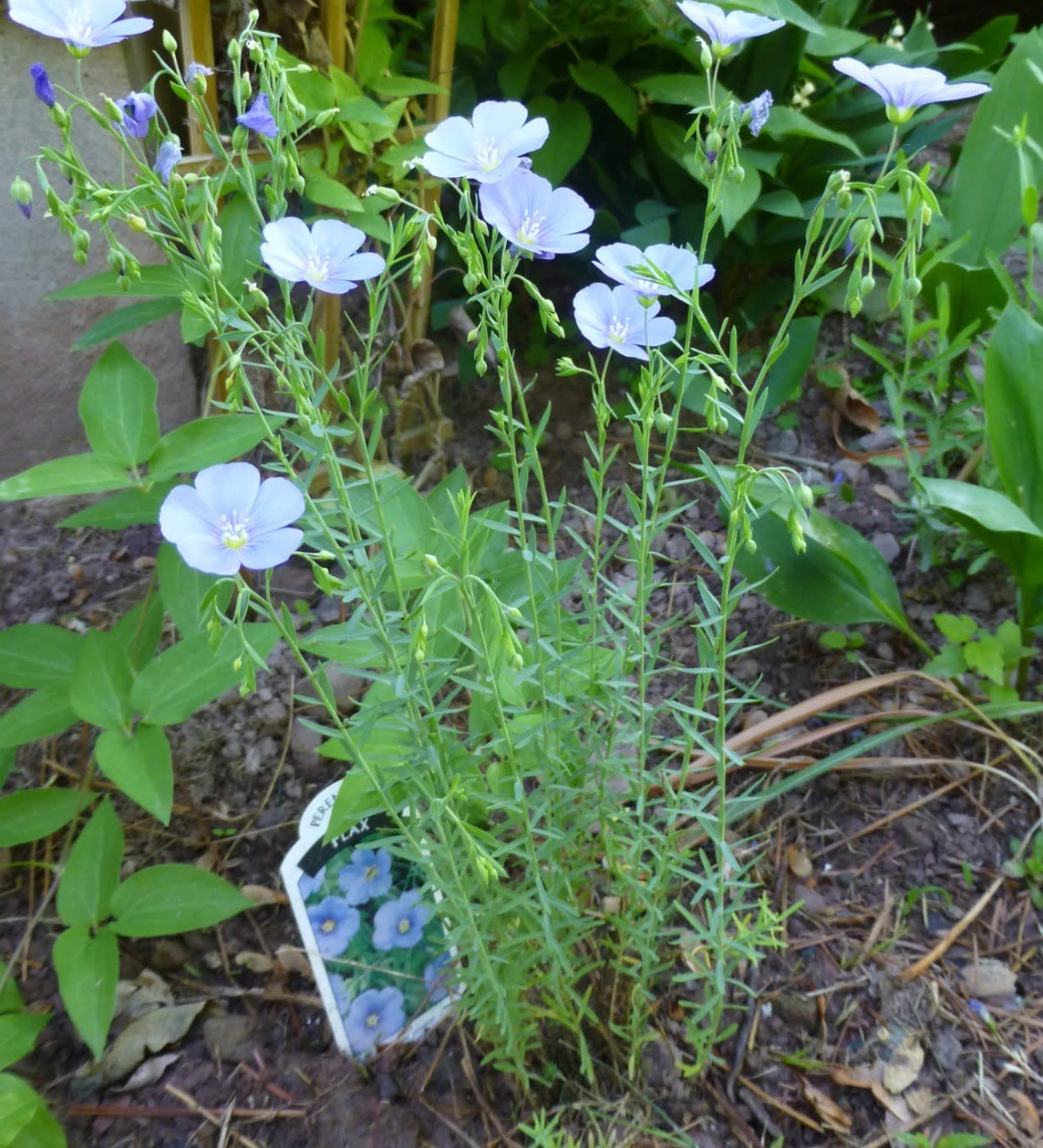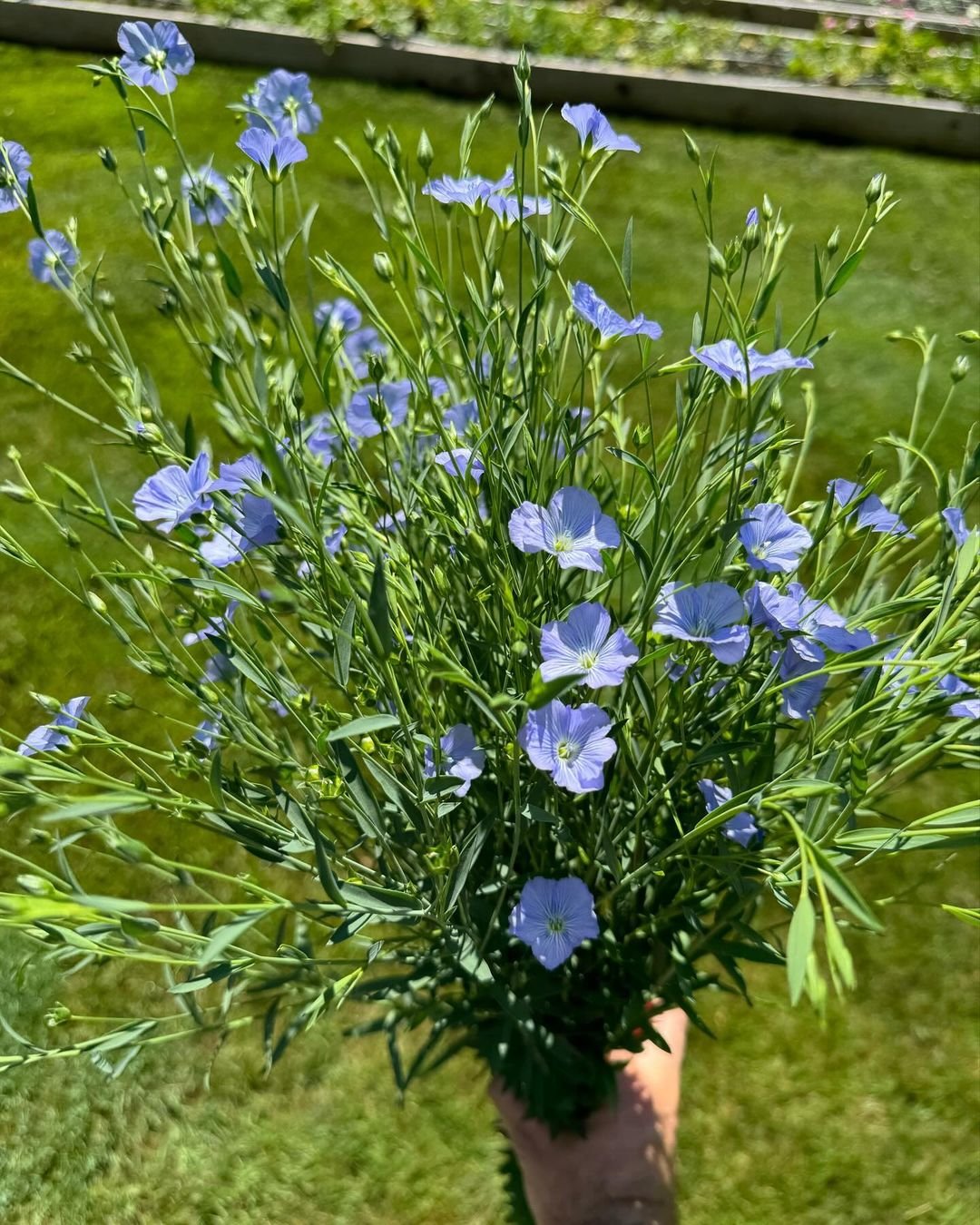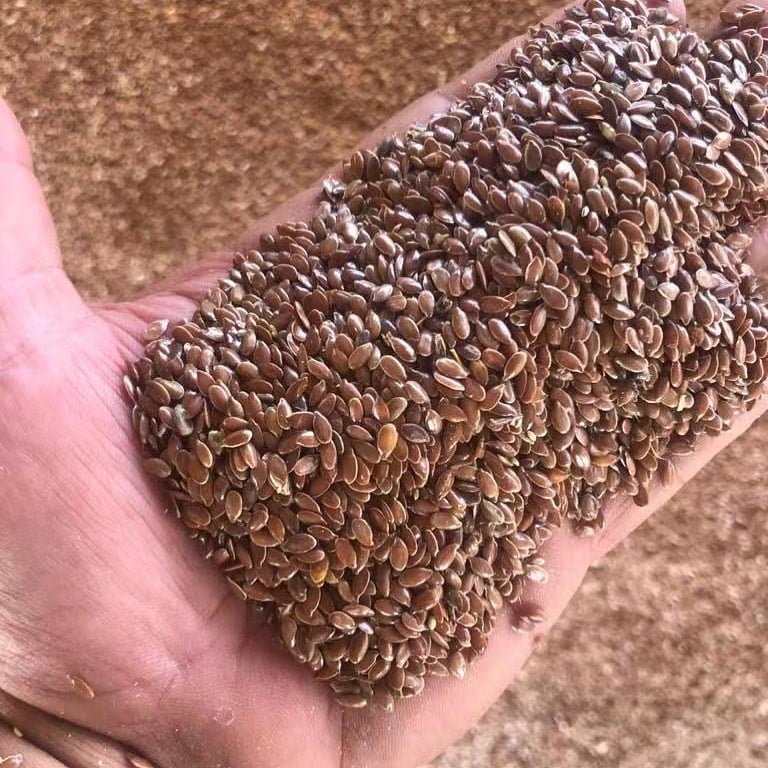Discover expert tips on caring for and maintaining flax flowers to achieve vibrant and beautiful blooms. Learn about planting, watering, pruning and other essential care practices to keep your flax flowers thriving all season long.
Flax flowers, scientifically known as Linum plants, are a striking addition to any garden with their vibrant blue hues and delicate petals. These hardy blooms not only offer visual appeal but also carry historical significance, as flax was one of the first cultivated crops used for making linen. Growing flax flowers is relatively easy, but proper care and maintenance are crucial to ensure they thrive and produce an abundance of vivid blossoms season after season.
Here’s a short informational chart about flax flowers:
| Aspect | Details |
|---|---|
| Botanical Name | Linum usitatissimum |
| Common Name | Flax |
| Plant Type | Herbaceous annual or perennial |
| Zones | Typically zones 4-9 |
| Sun Exposure | Full sun |
| Soil Type | Well-drained, fertile soil |
| Watering | Moderate |
| Growth Habit | Upright |
| Height/Spread | Height: 1-3 feet, Spread: 1-1.5 feet |
| Special Features | Edible seeds (linseeds), blue or white flowers |
Understanding Flax Flowers

Flax flowers belong to the Linaceae family and are native to the Mediterranean region and Western Asia. These annual flowering plants come in various shades of blue, ranging from pale sky blue to deep navy, with some varieties featuring white or pink blooms. The flowers typically measure about 1-2 inches in diameter and have five petals arranged in a saucer-like shape.
One of the most notable features of flax flowers is their delicate yet sturdy stems, which can grow up to 3 feet tall. These stems were historically used to produce linen fibers, making flax an important crop for textile production. While modern flax cultivation primarily focuses on the plant’s oil-rich seeds, growing flax flowers for ornamental purposes has become increasingly popular among gardeners worldwide.
Ideal Growing Conditions

To cultivate vibrant and healthy flax flowers, it’s essential to provide them with the right growing conditions. Here are some key factors to consider:
Sunlight
Flax flowers thrive in full sun exposure, requiring at least 6-8 hours of direct sunlight daily. They can tolerate partial shade, but their blooms may not be as abundant or vivid in color.
Soil
Well-draining, nutrient-rich soil with a slightly acidic to neutral pH (6.0-7.5) is ideal for flax flowers. They prefer loose, loamy soil that allows their delicate roots to spread easily.
Temperature
Flax flowers are hardy plants that can withstand cooler temperatures, but they perform best in moderate climates with average temperatures between 60°F and 75°F (15°C to 24°C).
Water
Consistent moisture is essential for flax flowers, especially during their active growing and blooming periods. However, they don’t tolerate waterlogged soil, so ensure the soil drains well to prevent root rot.
Planting and Propagation

Flax flowers can be easily grown from seeds, which should be sown directly in the garden or started indoors for later transplanting. Here are some tips for successful planting and propagation:
Sowing Seeds
Sow flax flower seeds about 1/4 inch deep and 6-8 inches apart in well-prepared soil after the last frost date in your area. Cover the seeds lightly with soil and water thoroughly.
Transplanting Seedlings
If starting seeds indoors, sow them 4-6 weeks before the last expected frost date. Once the seedlings have developed their second set of true leaves and the
outdoor temperatures are suitable, transplant them into the garden, spacing them 6-8 inches apart.
Companion Planting
Flax flowers make excellent companions for vegetables like carrots, beets, and radishes, as they can help repel certain pests and promote overall plant health.
Division
For established flax flower plants, you can divide and replant the root clumps in early spring or fall to propagate new plants.
Care and Maintenance

Proper care and maintenance practices are essential to ensure your flax flowers bloom abundantly and maintain their vibrant hues. Here are some tips to keep in mind:
Watering
Water flax flowers deeply and consistently, especially during hot and dry periods. Aim to keep the soil evenly moist but not waterlogged.
Mulching
Apply a 2-inch layer of organic mulch around the plants to help retain soil moisture and suppress weed growth.
Fertilizing
Feed your flax flowers with a balanced, water-soluble fertilizer every 4-6 weeks during the growing season to promote healthy growth and abundant blooms.
Deadheading
Regular deadheading, or the removal of spent flowers, encourages the plant to produce more blooms and extends the flowering period.
Pest and Disease Control
Flax flowers are generally resilient, but they can be susceptible to aphids, thrips, and powdery mildew. Monitor your plants regularly and address any issues promptly with appropriate organic or chemical treatments.
Winter Care
In colder regions, flax flowers may need to be treated as annuals and replanted each spring. However, in milder climates, they may self-seed and return year after year with proper overwintering care, such as mulching and trimming back dead foliage.
Flax Flowers in the Garden

Once you’ve mastered the art of growing vibrant flax flowers, you can incorporate them into your garden in various ways:
Borders and Beds
Plant flax flowers along garden borders or in mixed beds for a pop of color and texture.
Cut Flowers
Flax flowers make excellent cut flowers and can last up to a week in a vase when cut in the morning and provided with fresh water.
Dried Arrangements
The delicate blooms of flax flowers can be dried and used in long-lasting floral arrangements or potpourri.
Naturalized Areas
Allow flax flowers to self-seed in naturalized areas or meadows for a charming, wildflower-like display.
Companion Planting
Incorporate flax flowers into your vegetable garden as companion plants to deter pests and attract beneficial insects.
Harvesting and Enjoying Flax Flowers

In addition to their ornamental value, flax flowers can also be harvested and enjoyed in various ways:
Cut Flowers
The blooms of flax flowers make excellent cut flowers for indoor arrangements. Cut the stems in the morning when the buds are just beginning to open and place them in a vase with fresh, cool water. Change the water every few days to prolong the vase life of the flowers.
Drying Flowers

Flax flowers can be air-dried for use in dried floral arrangements or potpourri. To dry the flowers, cut the stems when the blooms are fully open, remove any leaves and hang them upside down in a cool, dark and well-ventilated area. Once completely dry, the flowers can be stored in an airtight container for later use.
Edible Flowers
The petals of flax flowers are edible and can be used as a colorful garnish for salads, desserts or drinks. They have a mild, slightly nutty flavor and can add a touch of whimsy to your culinary creations.
Flax Seeds

After the flowers have bloomed and the seed pods have formed, you can harvest the flax seeds for various uses. Flax seeds are a rich source of omega-3 fatty acids, fiber and other nutrients, making them a popular addition to baked goods, smoothies and other health-conscious recipes.
Flax flowers are a delightful addition to any garden, offering vibrant blooms and a touch of history. By providing them with the right growing conditions, planting techniques, and care, you can enjoy an abundance of these beautiful flowers year after year. Whether you choose to admire their beauty in your garden, use them as cut flowers, or incorporate them into your culinary creations, flax flowers are sure to bring a touch of charm and delight to your surroundings.
Pingback: Frangipani: A Comprehensive Guide to Growing and Care
Pingback: Flame Lily : A Comprehensive Guide to Growing and Caring
Pingback: The Beauty of Hoya Plants : Care and Maintenance Tips